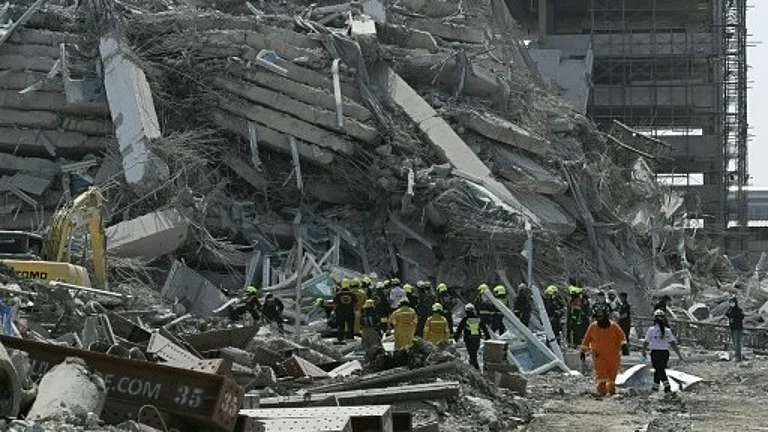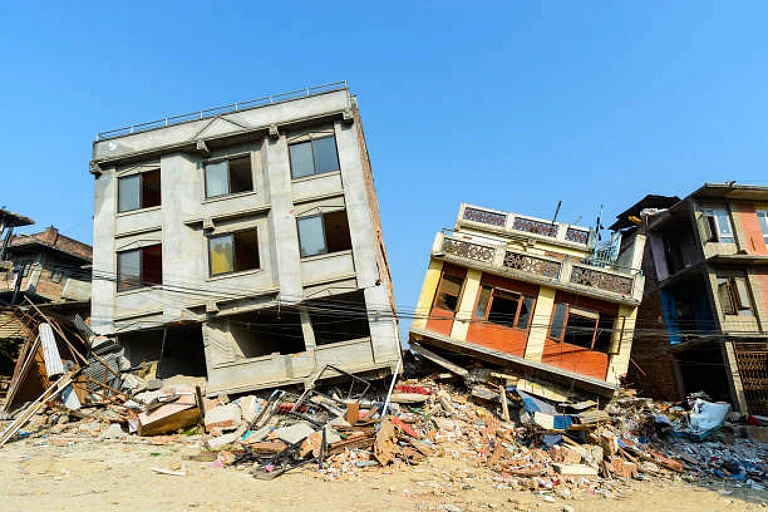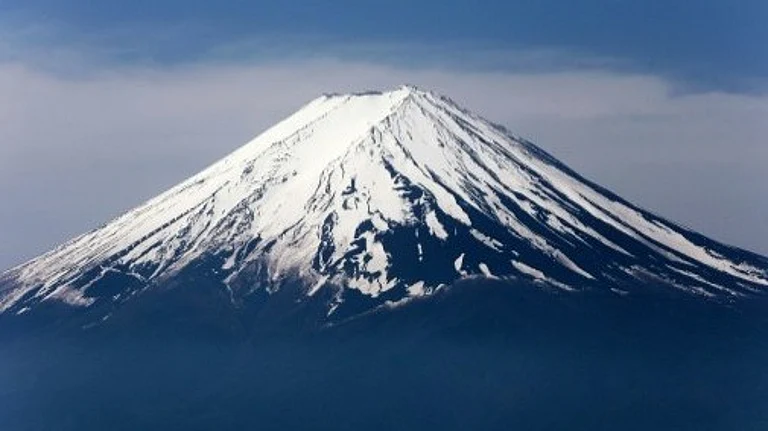Japan’s long-anticipated megaquake could kill about 300,000 people, trigger tsunamis, collapse of hundreds of building and result in a loss of $1.81 trillion, according to a government report released on March 31.
Japan’s Megaquake Could Inflict $1.8 Trillion in Damage: What Makes Nankai Trough Catastrophic?
According to reports, there is a 70-80% chance of a magnitude 8 to 9 earthquake along a tremulous seabed zone known as the Nankai Trough within the next 30 years
The economic damage of 270.3 trillion yen, or about half of the country’s total gross domestic product (GDP), was up sharply from the previous estimate of 214.2 trillion yen as the new estimate accounted for inflationary pressures and updated terrain and ground data which have expanded anticipated flood areas, reported Reuters.
According to reports, there is a 70-80% chance of a magnitude 8 to 9 earthquake along a tremulous seabed zone known as the Nankai Trough within the next 30 years.
Why Is Nankai Trough a Cause of Concern?
The Nankai Trough is off southwest Pacific coast and runs for approximately 900 km (600 miles), where the Philippine Sea Plate is subducting under the Eurasian Plate and the accumulating tectonic strains could result in a megaquake roughly once in 100 to 150 years.
In a worst-case scenario, based on a potential magnitude 9 earthquake in the area, it is expected that Japan may witness 1.23 million evacuees or 1% of its total population. As many as 298,000 people could die from tsunamis and building collapses if the quake occurs late at night in winter, the report stated.
Historical Context and Projections
The Reuters report stated that megaquakes recur in the undersea trench every 100–200 years, with the last major event in 1946.
A rupture could trigger tsunamis reaching 30–34 metres within minutes, devastating coastal prefectures like Shizuoka, Kochi and Wakayama.
Tokyo’s updated projections—revised from a 2014 forecast of 323,000 deaths—now predict 215,000 tsunami fatalities, 73,000 from collapsing buildings and 9,000 from fires.
Previous Nankai Trough Earthquake Events
According to another Reuters report, Nankai Trough earthquakes have been recorded on multiple occasions since 684 CE, often accompanied by tsunamis that struck coastal villages.
The most recent Nankai Trough quake happened in 1946 when a magnitude 8 tremor and 6.9-metre (22.6-ft) tsunami waves killed 1,330 people.


